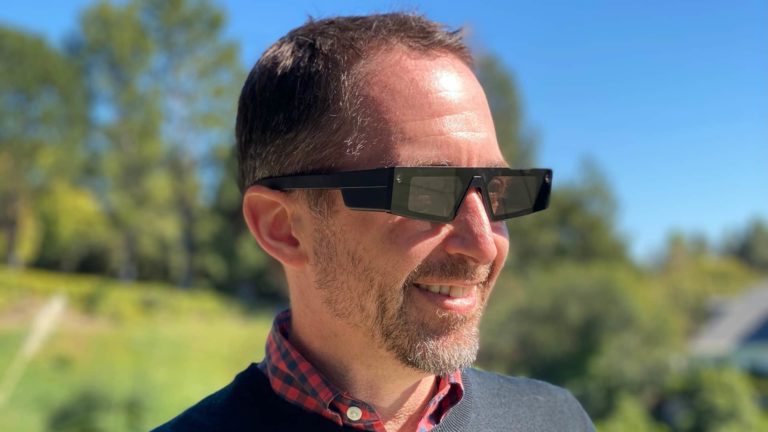
AR hasn’t demonstrated the world-changing capabilities that were touted in its circa-2017 hype cycle, but it’s finding success in specific areas. Those include enterprise productivity and brand marketing, both of which were examined in recent ARtillery Intelligence reports.
Zeroing in on AR marketing, one company leading the way in providing – and generating meaningful revenue from – AR marketing is Snap. Congruent with its “camera-company” label, it made an early commitment to social AR lenses and continues to double down on the technology.
In fact, of all the players cultivating consumer-based AR products and business models, none have achieved the traction of Snap. Though social media competitors like Meta and TikTok have greater overall reach, AR lenses are more of a central priority and “north star” for Snap.
This includes 6 billion AR lens engagements per day, among other metrics. But what are the lessons and takeaways? What’s Snap doing right in terms of product and platform development? This is the topic of a recent ARtillery Intelligence report, which we’ve excerpted below.
Flip the Script
Picking up where the last part of this series left off, visual search is a flavor of AR that could represent a breakout use case as it develops. It positions the camera as a search input – applying machine learning and computer vision – to identify items you point your phone at.
Seen in products like Google Lens, visual search is all about annotating the world. Pointing your phone versus typing search term can be more intuitive in cases like identifying style items enountered daily. It especially resonates with the camera-forward Gen-Z.
Beyond Google – a logical competitor – Snap is intent on visual search given Snap Scan, which draws on the company’s AR chops. Visual search is a form of AR, but it flips the script by expanding from fun and whimsical lenses to more utilitarian and commerce-oriented use cases.
It also literally flips things around as it shifts from the front-facing camera (selfie fodder) to the rear-facing camera. This lets Snap augment the broader canvas of the physical world – a key direction in its maturity as an AR platform, not to mention opening monetization doors.
The Convergence
All the above continues to take evolutionary steps as Snap scan is trained to recognize more and more products, such as pets, flowers and clothes. “Trained” is the key term, as visual search relies on machine learning, making it yet another place where AI and AR converge.
To advance those training sets, Snap has built up Scan’s capabilities through partners. For example, its partnership with Photomath lets Snap Scan solve math problems. By pointing one’s phone at a math problem on a physical page, it can generate an answer.
Snap’s partnership with Allrecipes similarly lets users scan food items in their fridge to get recipe suggestions. The new Screenshop feature will meanwhile evoke product information and purchase details from retail partners when users scan style items in the real world.
These use cases are notable as Snap develop’s Scan’s persona. Rather than “all the world’s information” (Google Lens’ approach), Snap Scan is more focused on use cases that align with Snapchat’s ethos. Per the above examples, this includes fashion and food.
The Magic Word
Zeroing in on fashion’s place in visual search, this is what Snap calls “outfit inspiration.” It’s is all about scanning style items you see in the physical world to find out more about them.” This could be one of visual search’s killer app as it makes the world beyond the camera more shoppable.
Shoppability brings us back to the magic word: monetization. Snap, like Google, recognizes that visual search is a use case that carries the same user intent that makes web search so lucrative. Consumers who actively scan products are often in shopping mode and ready to transact.
In that sense, visual search is a natural extension for tech companies built on ad revenue. And the two companies noted so far — Google and Snap — are exactly that. Adding to the list, Pinterest is intent on visual search, and others have joined the mix including Klarna.
Stepping back, the real play is in visual search’s endgame: AR glasses. Snap Spectacles already feature Snap Scan to discover the world more visually and naturally. Put another way, as AR glasses gradually develop and culturally assimilate, visual search could hit its stride.
We’ll pause there and circle back in the next report excerpt with more strategies and best practices from Snap’s consumer AR execution. Meanwhile, check out the full report…






